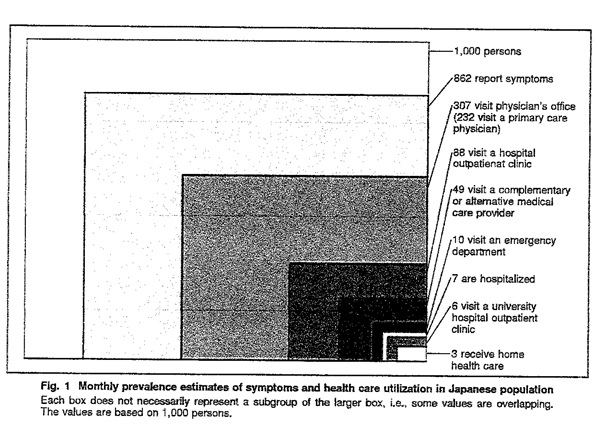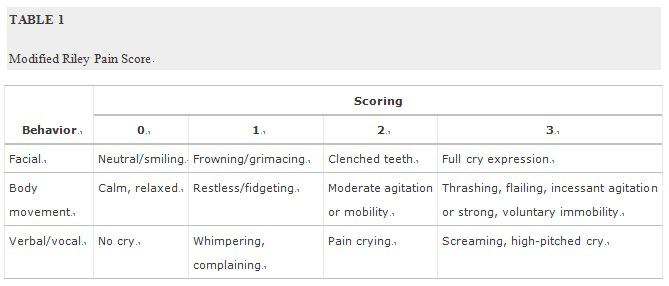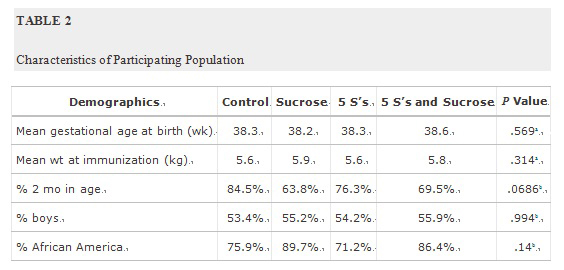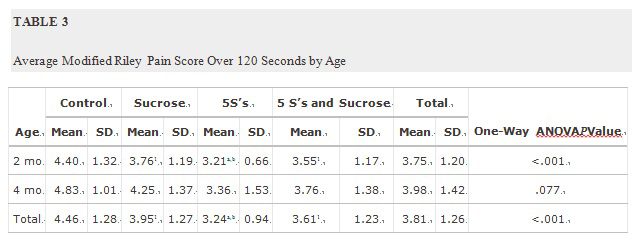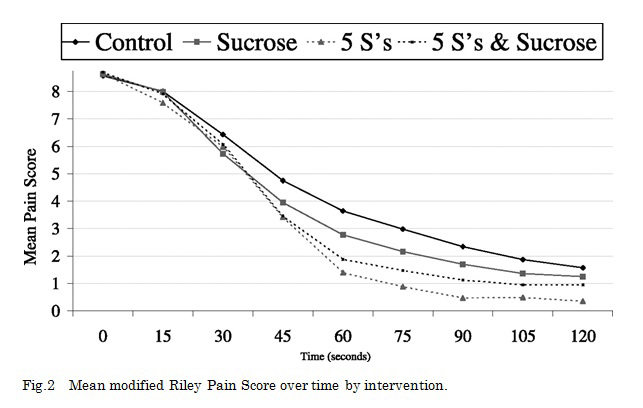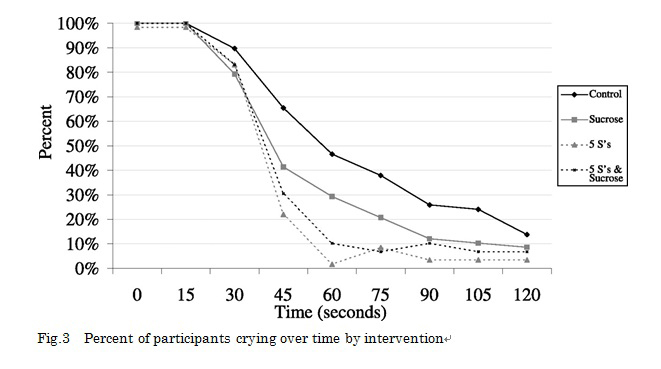【文献名】
文献タイトル:Impact of smoking on mortality and life expectancy in Japanese smokers: a prospective cohort study
雑誌名・書籍名: BMJ. 2012 Oct 25 ; 345 : e7093
発行年:2012 Oct 25
【この文献を選んだ背景】
When I was reviewing the journals to introduce at the HCFM journal club, I found the article. We provide nicotine replacement medicine to help patients quit smoking. I read the article.
【要約】
Objective
To investigate the impact of smoking on overall mortality and life expectancy in a large Japanese population, including some who smoked throughout adult life.
Design
The Life Span Study, a population-based prospective study, initiated in 1950.
Setting
Hiroshima and Nagasaki, Japan.
Participants
Smoking status for 27 311 men and 40 662 women was obtained during 1963-92. Mortality from one year after first ascertainment of smoking status until 1 January 2008 has been
analysed.
Main outcome measures
Mortality from all causes in current, former, and never smokers.
Results
Smokers born in later decades tended to smoke more cigarettes per day than those born earlier, and to have started smoking at a younger age. Among those born during 1920-45 (median 1933) and who started smoking before age 20 years, men smoked on average 23 cigarettes/day, while women smoked 17 cigarettes/day, and, for those who continued smoking, overall mortality was more than doubled in both sexes (rate ratios versus never smokers: men 2.21 (95% confidence interval 1.97 to 2.48), women 2.61 (1.98 to 3.44)) and life expectancy was reduced by almost a decade (8 years for men, 10 years for women). Those who stopped smoking before age 35 avoided almost all of the excess risk among continuing smokers, while those who stopped smoking before age 45 avoided most of it.
Conclusions
The lower smoking related hazards reported previously in Japan may have been due to earlier birth cohorts starting to smoke when older and smoking fewer cigarettes per day. In Japan, as elsewhere, those who start smoking in early adult life and continue smoking lose on average about a decade of life. Much of the risk can, however, be avoided by giving up smoking before age 35, and preferably well before age 35.
【開催日】
2012年10月31日

